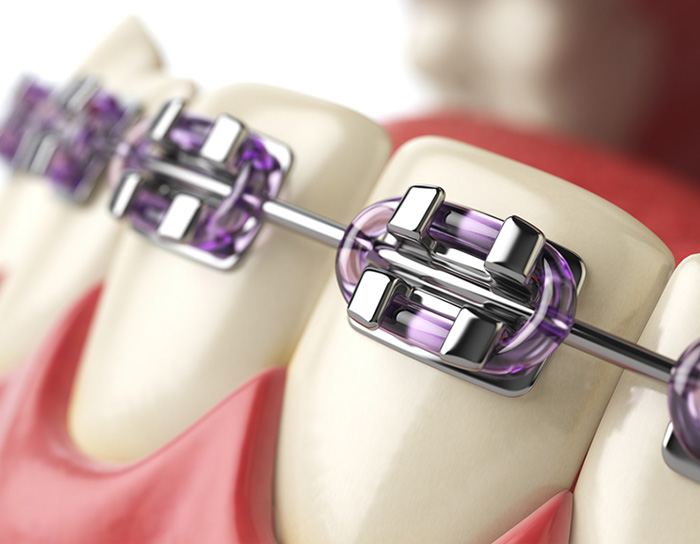In modern dentistry, cavities are not the primary concern for adults. Much more important is periodontal disease (aka periodontitis). This is the infection of the gums and underlying jawbone, all of which hold teeth in their place, and the Centers for Disease Control has documented half of Americans have it and 70%of those 65 or older. It is the primary reason why 69% of those 35-44 already are missing at least one tooth, while 35 million have lost all of theirs.
Many just assume this is the normal process of aging: you get older and have to resign yourself to wearing dentures, which can be uncomfortable if not fit properly, make it harder to chew and enjoy food, and be clearly understood when speaking. No one has to suffer this fate if they are aware of the signs of periodontal disease and address them as soon as possible, say the periodontist specialists at CITIDental High Street.
The challenge is that gum infection is often far advanced before you realize it. There isn’t usually any pain until very late in its progress, but in the first stage, called gingivitis, there will be some bleeding after you brush and floss. It might seem controllable with better habits and getting an occasional professional cleaning from your dental hygienist.
But few of us were taught exactly how to brush and floss thoroughly when we were growing up. You need to use a soft brush, moving it from the root towards the top of each tooth for a full minute each for the upper and then for the lower arch. Before you go to sleep, floss should be held firmly against both sides of each tooth to scrape off the food and sticky beverages that can otherwise turn into plaque, a film on which periodontal bacteria thrive.
If not thoroughly scoured off each day by brushing and flossing, plaque hardens into tartar that is difficult to remove. Infected gums will redden and swell and then pull away from a tooth until it either falls out or needs to be extracted. The neighboring teeth respond to this by leaning towards the gap left by the missing tooth, with these teeth in turn becoming loose. It does not take long to have to start contemplating whether to get a partial or complete denture or dental implants.
It is important that when you, your hygienist, or dentist see the initial signs of gingivitis that you ask for a digital dental x-ray (which involves very low radiation) to be sure the infection has not reached into the jawbone. Depending on the status of the disease, a variety of measures can be taken, from injecting an antibacterial solution into the gums and gum surgery to using a waterpik when you brush and a professional grade periodontal mouthwash at the end of the day.
If neglected, periodontal bacteria will spread throughout the body, significantly raising the risk for cardiovascular disease, diabetes, rheumatoid arthritis, cancer, and Alzheimer’s.

